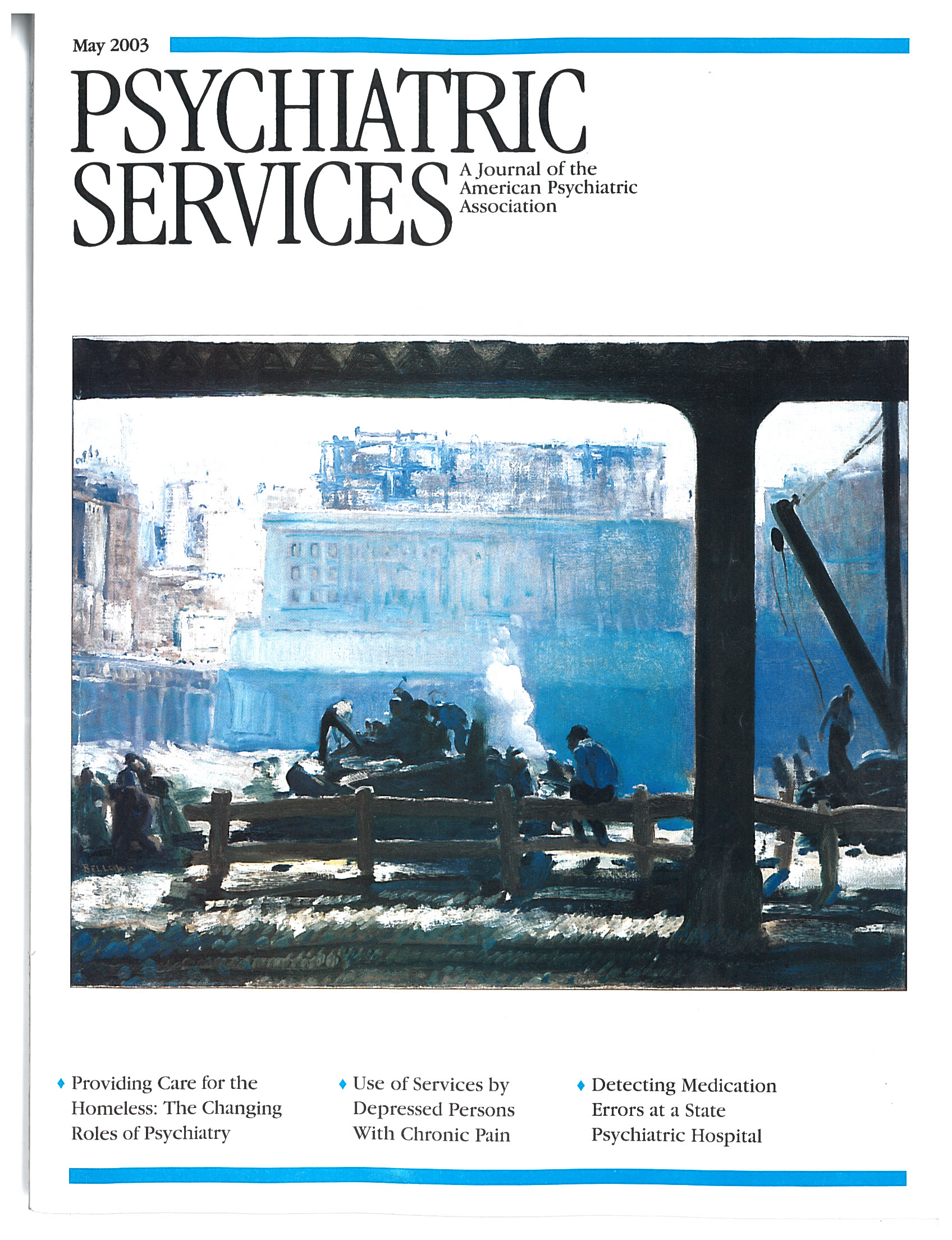Rehab Rounds: Involving Families in Rehabilitation Through Behavioral Family Management
Abstract
Introduction by the column editors: A wide variety of family psychoeducational approaches for persons with serious and persistent mental illness have been developed and used by mental health professionals since the introduction of such approaches in the 1960s (1). From 1970 to 1975, multifamily psychoeducation was implemented for large numbers of clients and relatives at the Oxnard Mental Health Center (2) and was followed by systematic studies of multifamily therapy at the Maudsley Hospital in London in 1976 (3) and Camarillo State Hospital in California in 1978 to 1980 (4). The type of intervention that arose from this work comprised a series of educational sessions followed by training in communication and problem-solving skills. Behavioral learning principles were used to promote acquisition of knowledge, coping skills, and problem solving for families. Other procedures and variants on this theme have proliferated throughout the United States and in many other countries (5). Most of these approaches have in common an adherence to practical goals that are individualized for each family and an educational rather than a "therapeutic" slant.In an attempt to overcome the obstacles to widespread clinical use of family interventions, a variety of dissemination strategies have been tried, including academic detailing, consensus building among all stakeholders (6), and the development of modules consisting of trainers' manuals, consumers' workbooks, slide shows, and video-assisted learning (7,8). This month's column describes one of the variants of family psychoeducation—behavioral family management—and its components, illuminated by case vignettes and results of efficacy studies.



